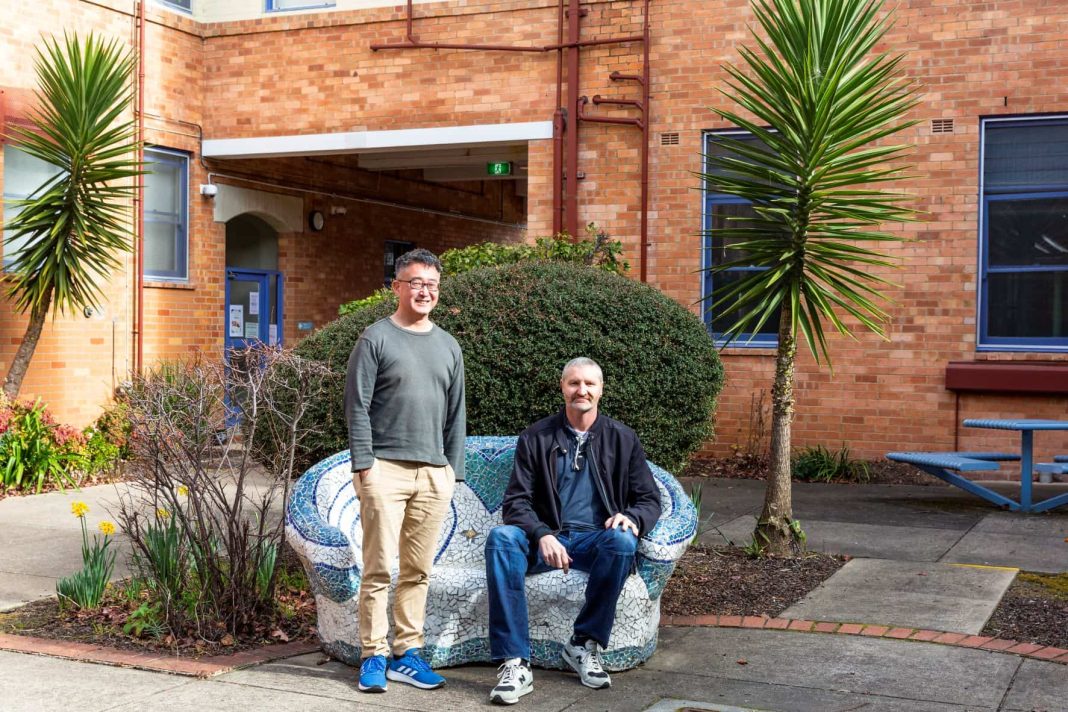While there’s more to the National Capital than Parliament House, politicians and public servants, the history of Australian politics runs deep through Canberra’s veins.
One political pillar of the city is a heritage-listed building that tends to fly under the radar: Havelock House.
Nestled on Northbourne Avenue and surrounded by leafy trees, the 70-year-old House is rich with an abundance of stories from early Canberra life.
From public servants in the 1950s, partygoers in the 1970s, and people living in social housing in the 1990s, Havelock House is one of, if not the, oldest communities in Canberra.
Tenant Participation Officer at Havelock Housing Association (HHA), David Russell, is a true lifelong Canberran, but never knew of Havelock House’s existence until a couple of years ago (thus proving the notion of its invisibility).
“I’ve lived here my whole life and I’ve driven up and down Northbourne Avenue a thousand times and I didn’t even know the building was here until I came to the job interview,” Mr Russell says.
“So, I think it’s sort of hidden away a bit. Unless you’ve had some familiarity of living here or dealing with somebody here, I think a lot of people don’t know about it.”
A pocket history of Havelock House
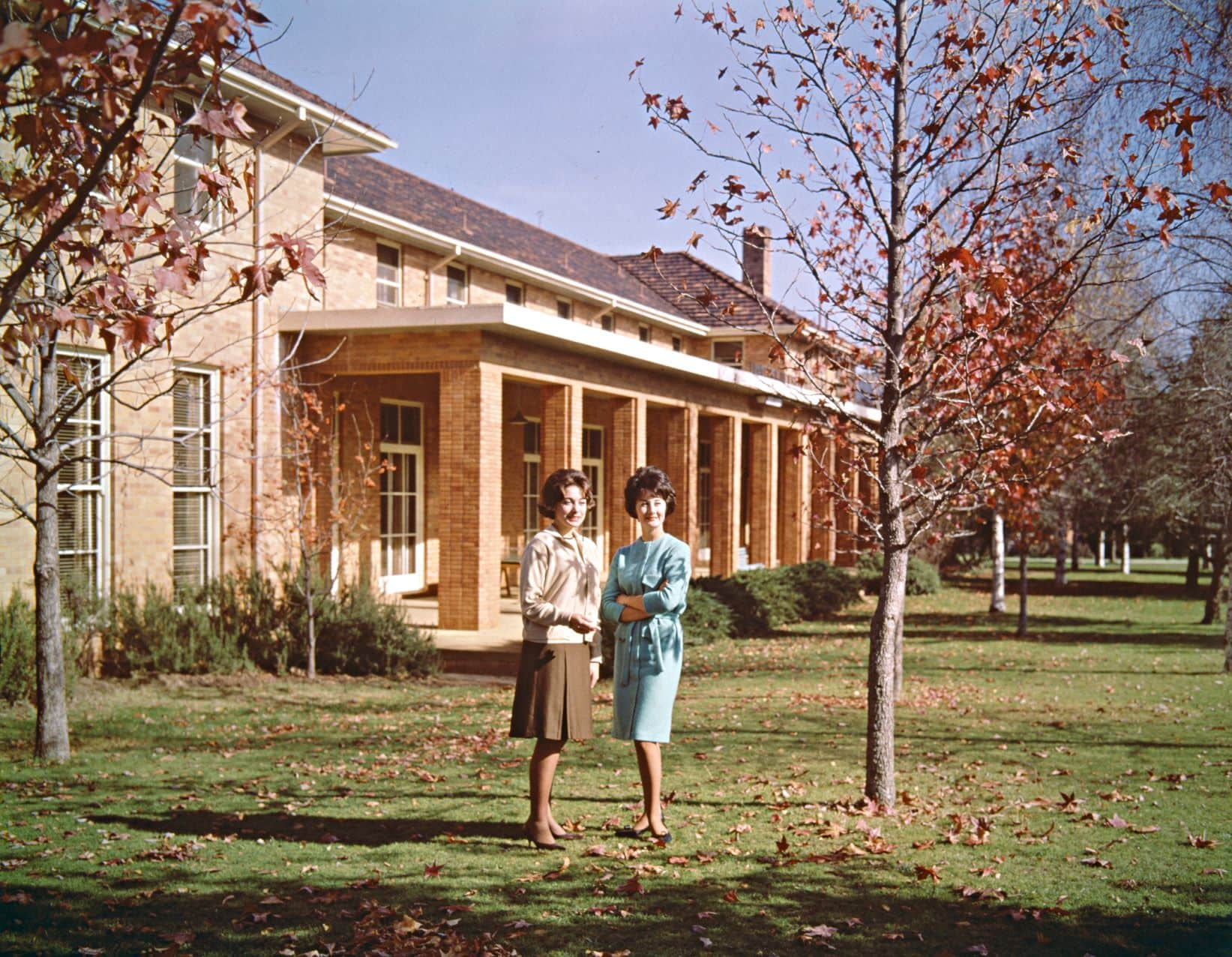
Havelock House was first opened in June 1951 to help meet the need to accommodate a raft of government workers.
It was used as a hostel to house the public servants who travelled to Canberra to serve in the developing Capital, and still stands today as a communal living, dormitory-style building as it did 70 years ago.
Throughout the 1950s and ‘60s, Havelock House was seen as a snazzy, upmarket place for workers to live, have a nice dinner, and dance the night away in the ballroom.
The tales of the 1970s paint a more backpacker-style hostel with wild parties said to have taken place.
During the 1980s, the Federal Government gave the building to the Australian Federal Police to use while AFP headquarters were under construction, and there was a push to knock the building down and sell the land to developers.
This political chatter enraged locals, who began a 16-week picketing protest during the dead of Canberra’s winter, squatting in tents in front of the House and demanding the government keep the building in community hands.
The protesters and the government eventually reached an agreement, and Havelock House has continued to avoid being sold to a private developer.
Charges were also withdrawn from those arrested at the picket, who became known as the “Havelock Nine”, and the government agreed to launch an inquiry into homelessness in the ACT.
In April 1988, the building was transferred from the Department of Territories to the HHA, providing social and affordable housing to the Canberra community.
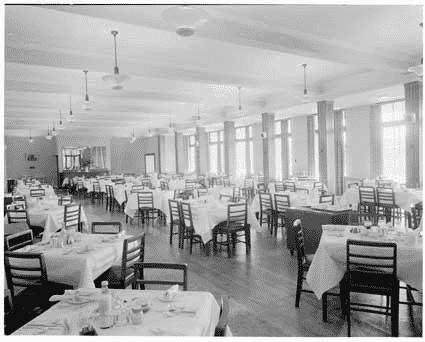
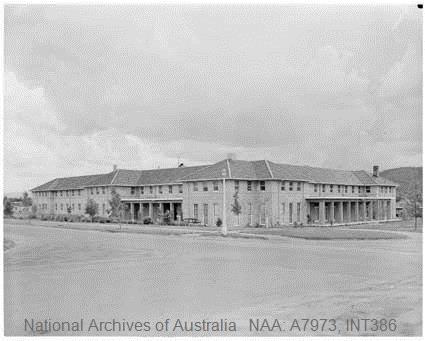

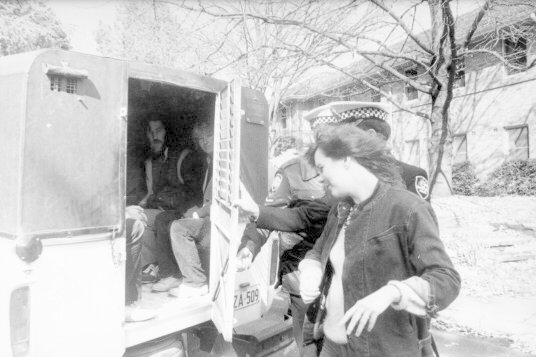
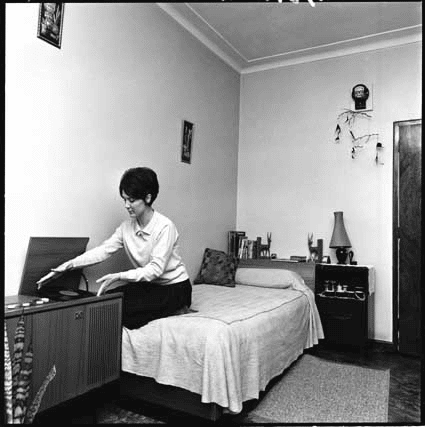
The Havelock House History Project
CEO of HHA, Tim Sunwoo, and Mr Russell are embarking on an investigative history project, designed to share 70 years’ worth of stories to preserve the cultural legacy of the historic House.
“It was always this communal setting, sort of dormitory-style building, built back in the 1950s when Canberra was basically a cow patch,” Mr Russell says.
“The Project is to talk to people from when it became social housing and before it was social housing. We’re just trying to get in contact with people who lived here, people who had anything to do with Havelock House, people who have stories about it, and we’re going to put all the stories on our social media pages.
“We want to share when they lived here, how long they lived here for, if it was before social housing, what job they did if they were a public servant, their experience living here. We just want to connect with people and talk to them.”
Unlike Mr Russell, Mr Sunwoo is not a Canberra native, but knows the importance of the building to the city’s archives.
“It’s really woven into Canberra’s history, especially because lots of other buildings from that era are no longer here, but we are. We like to support the idea that this is a cultural legacy, and we want to keep it that way,” he says.
“The Project is mostly about preserving the cultural legacy, and the primary people are the artifacts – the people that were here in the ‘50s and ‘60s and ‘70s. Before they are no longer here, it would be nice to get that recorded and documented.
“We’d like to find out if it’s haunted,” laughed Mr Sunwoo. “If someone could come out of the woodworks and say, ‘back in the ‘70s, when I did lots of LSD, we used to see lots of funny things’.
“That’s what we’re trying to find out. We want to hear in-depth and interesting perspectives and era-specific stories we can collect, preserve and archive.”
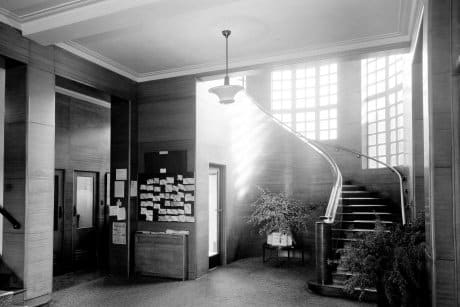
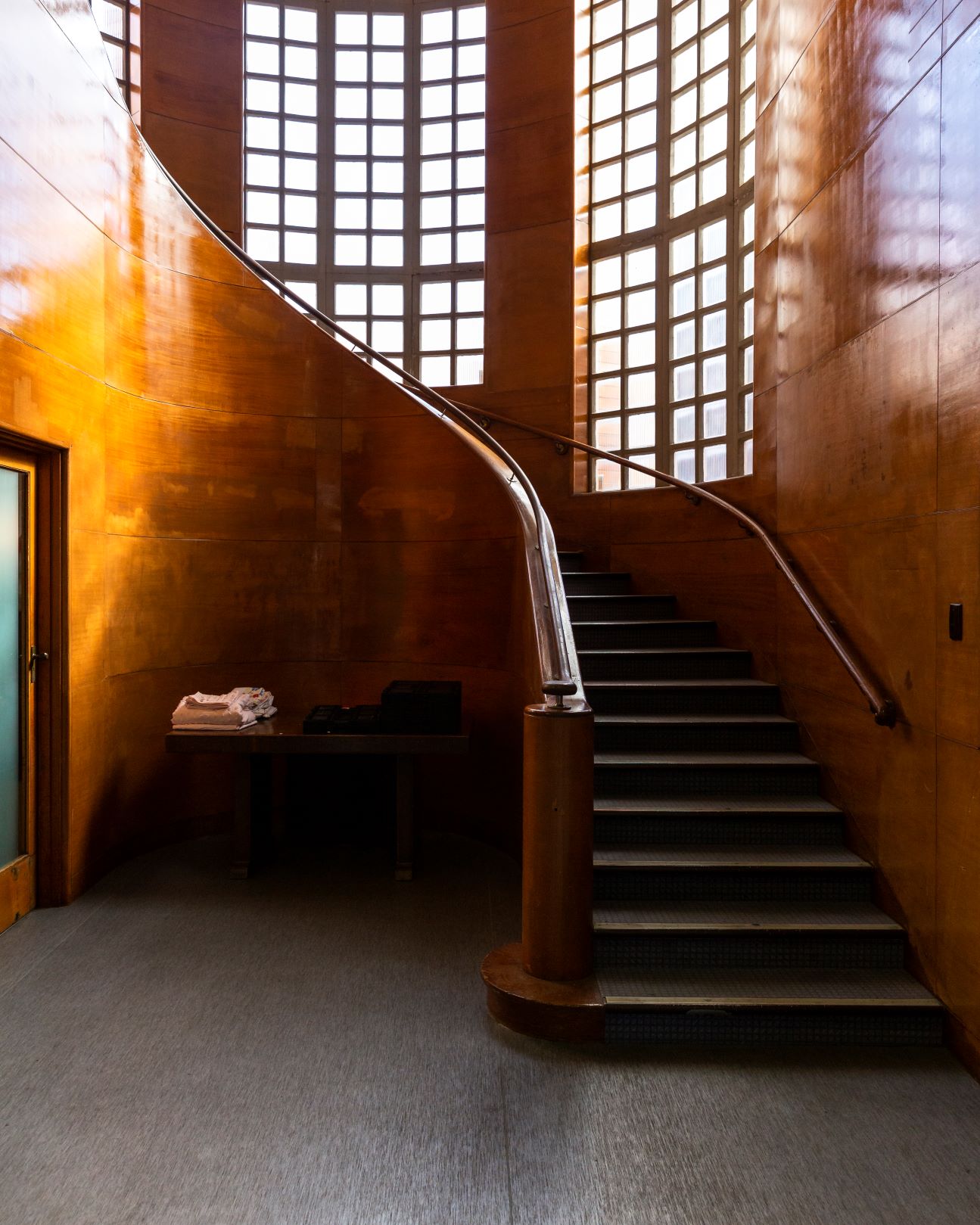
Along with everyday Canberrans who may have lived at Havelock House, Mr Russell says he’s interested to know any distinguished members of the community who one day walked the halls.
“There may have been people that lived here in the past who became prominent people in society, but we’re not sure because there’s no real records of the people who lived here and their stories. So, that’s what we’re trying to capture,” he says.
Aiming to link the stories of Havelock House to the history of Canberra, Mr Russell and Mr Sunwoo hope the Project will give Canberrans a greater appreciation of the building they both cherish.
“My favourite part is the two courtyards. It’s very unique and very peaceful. You almost feel like you’re not in the city or in congregate living,” Mr Sunwoo says.
“This is going to sound weird, but my favourite part is the toilet next door. It’s original. I used to work at the National Film and Sound Archive (NFSA) and there’s mosaic tiny little tiles there, and it’s exactly the same here,” Mr Russell smiles.
Just as the building has endured for 70 years, the need for the accommodation provided by Havelock House persists.
As the men explain, the demand for social and affordable housing in Canberra continues to grow, and population growth has exponentially increased the pressure.
“It’s one of the last remaining social housing complexes on Northbourne Avenue, because they have been brought down over the years,” Mr Russell says.
“There is a very, very dire demand for more affordable and reasonable housing for the vulnerable people of Canberra,” Mr Sunwoo adds.
“That’s been our history. We’ve always been the first line of defence for people doing it tough.”
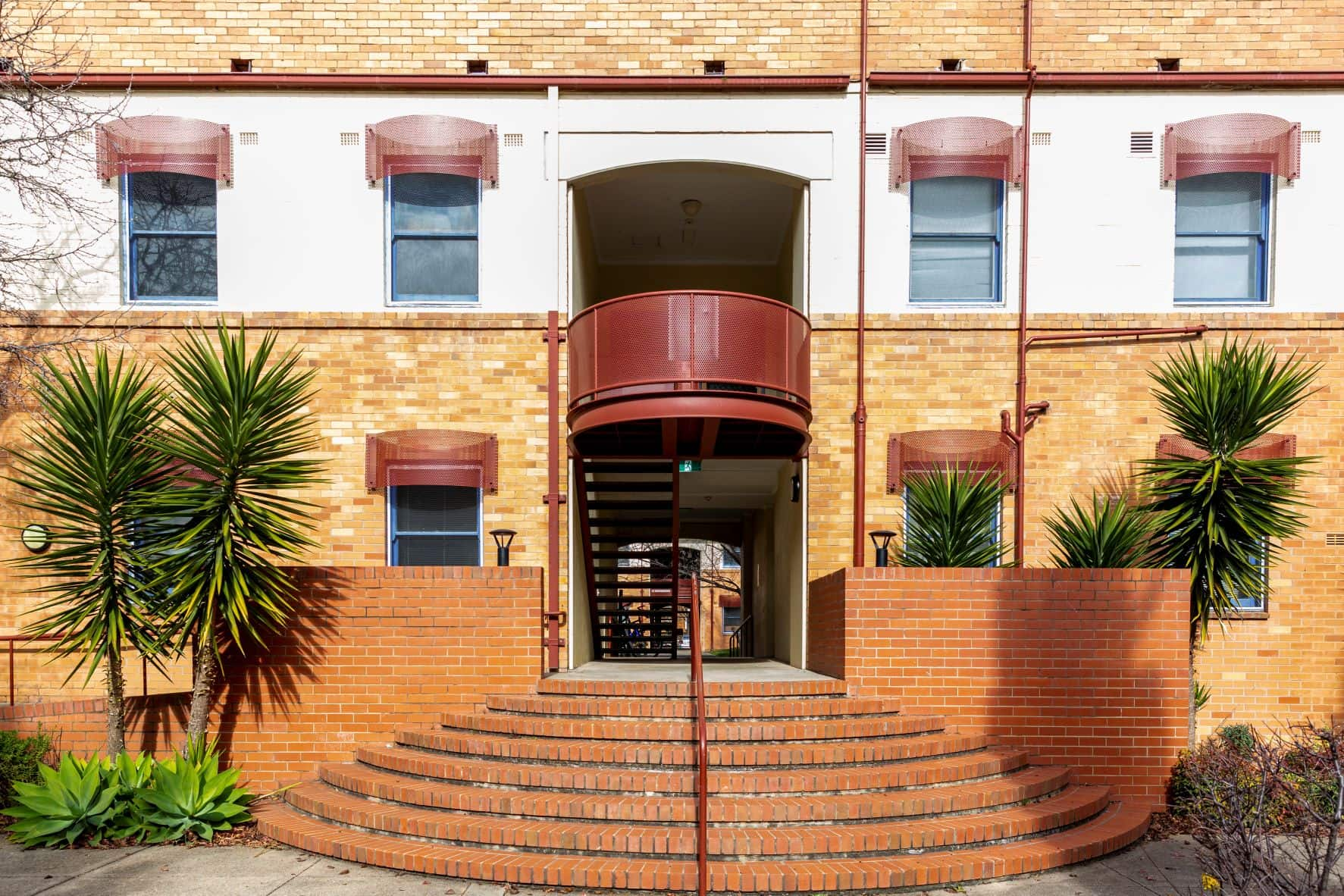
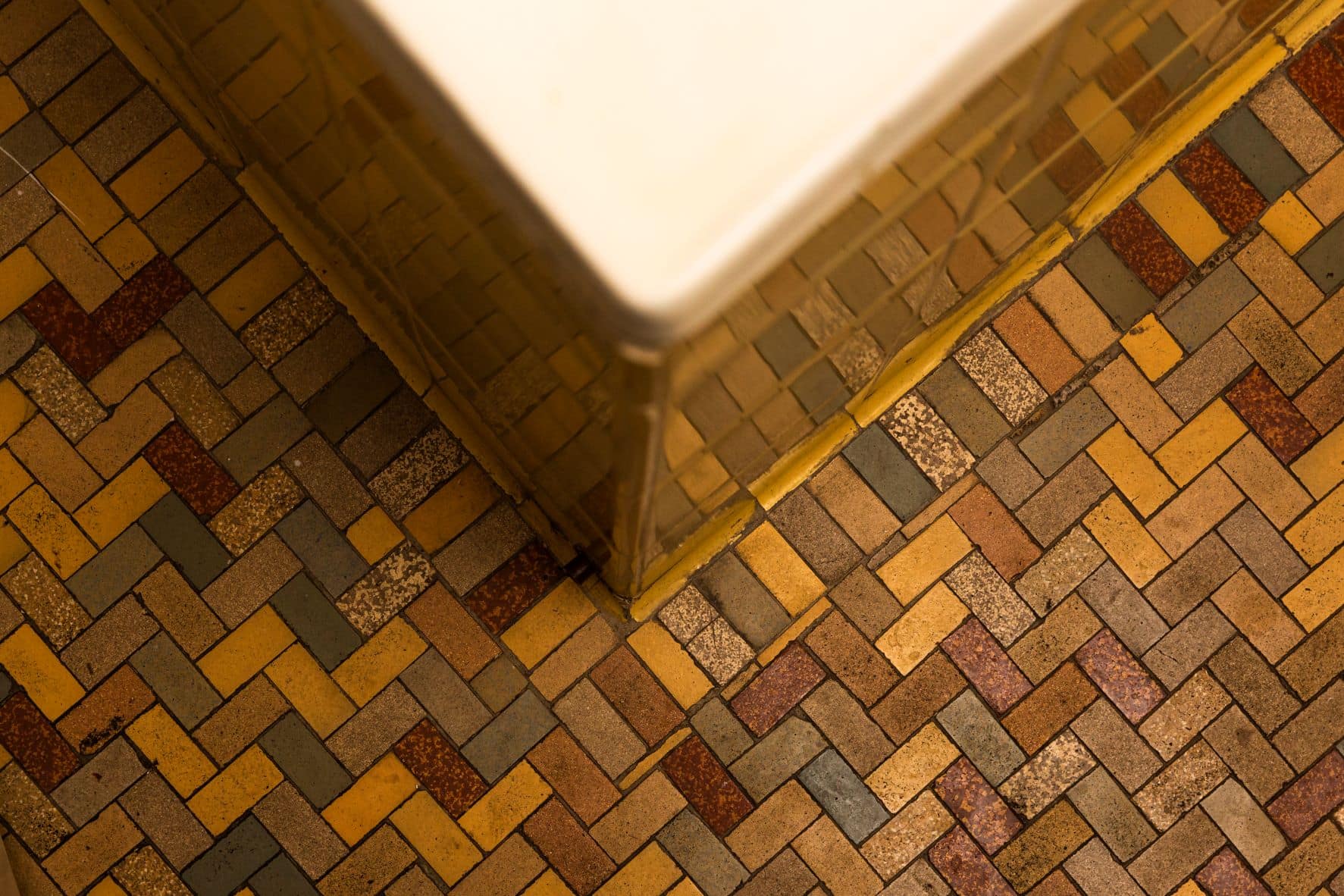
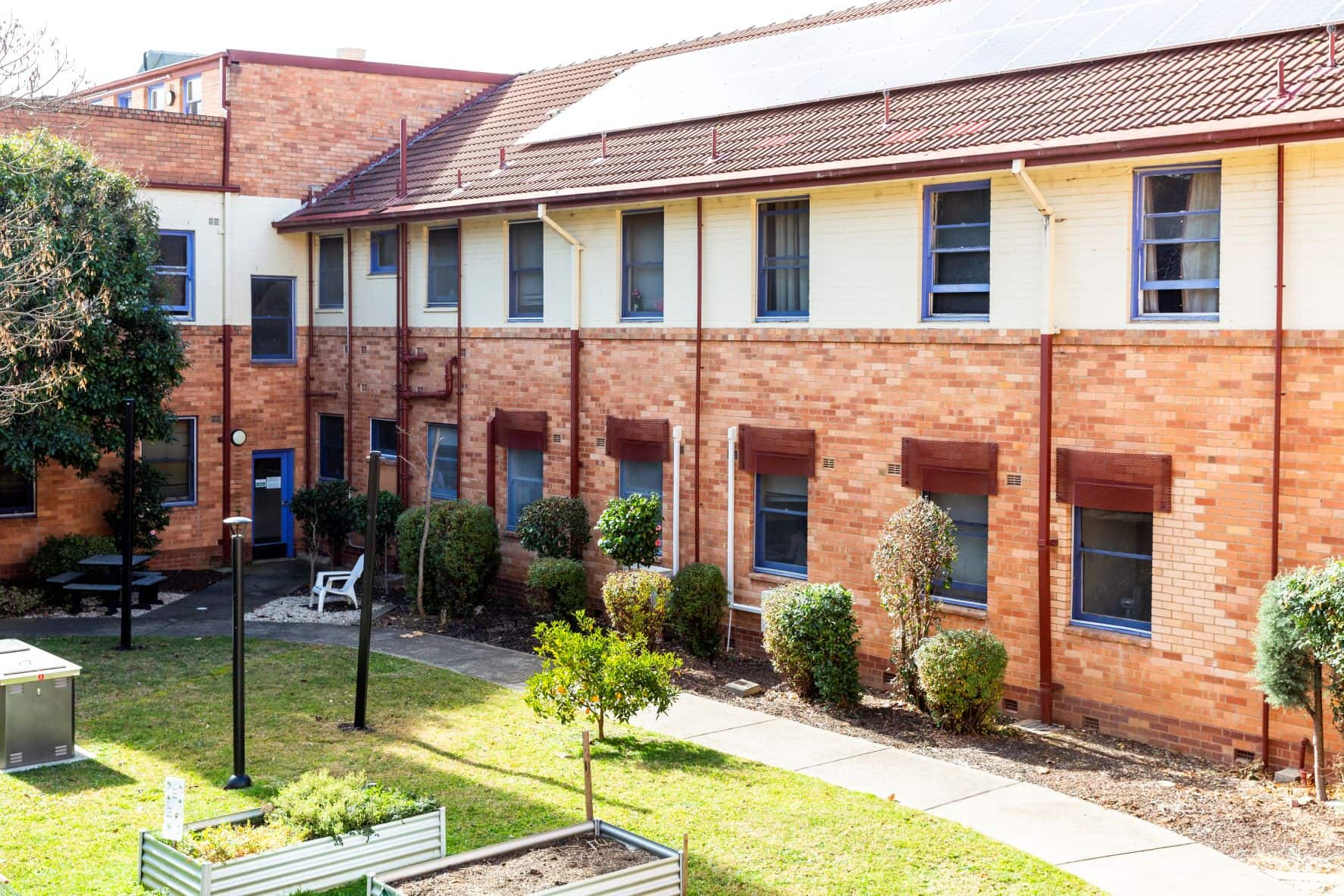
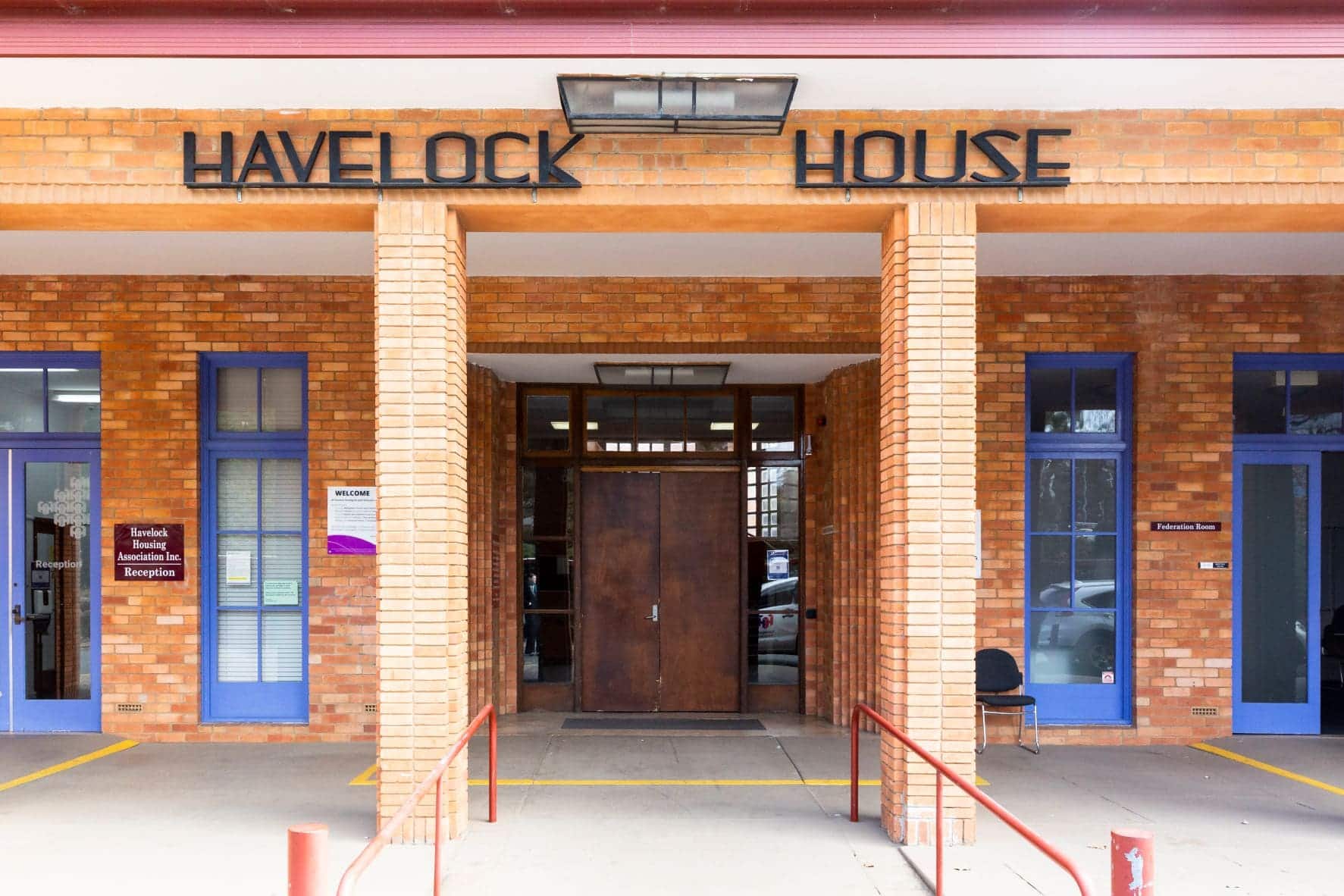
If you have a story to share about Havelock House on Northbourne Avenue, email Mr Russell and Mr Sunwoo via [email protected]
Get local, national and world news, plus sport, entertainment, lifestyle, competitions and more delivered straight to your inbox with the Canberra Daily Daily Newsletter. Sign up here.

